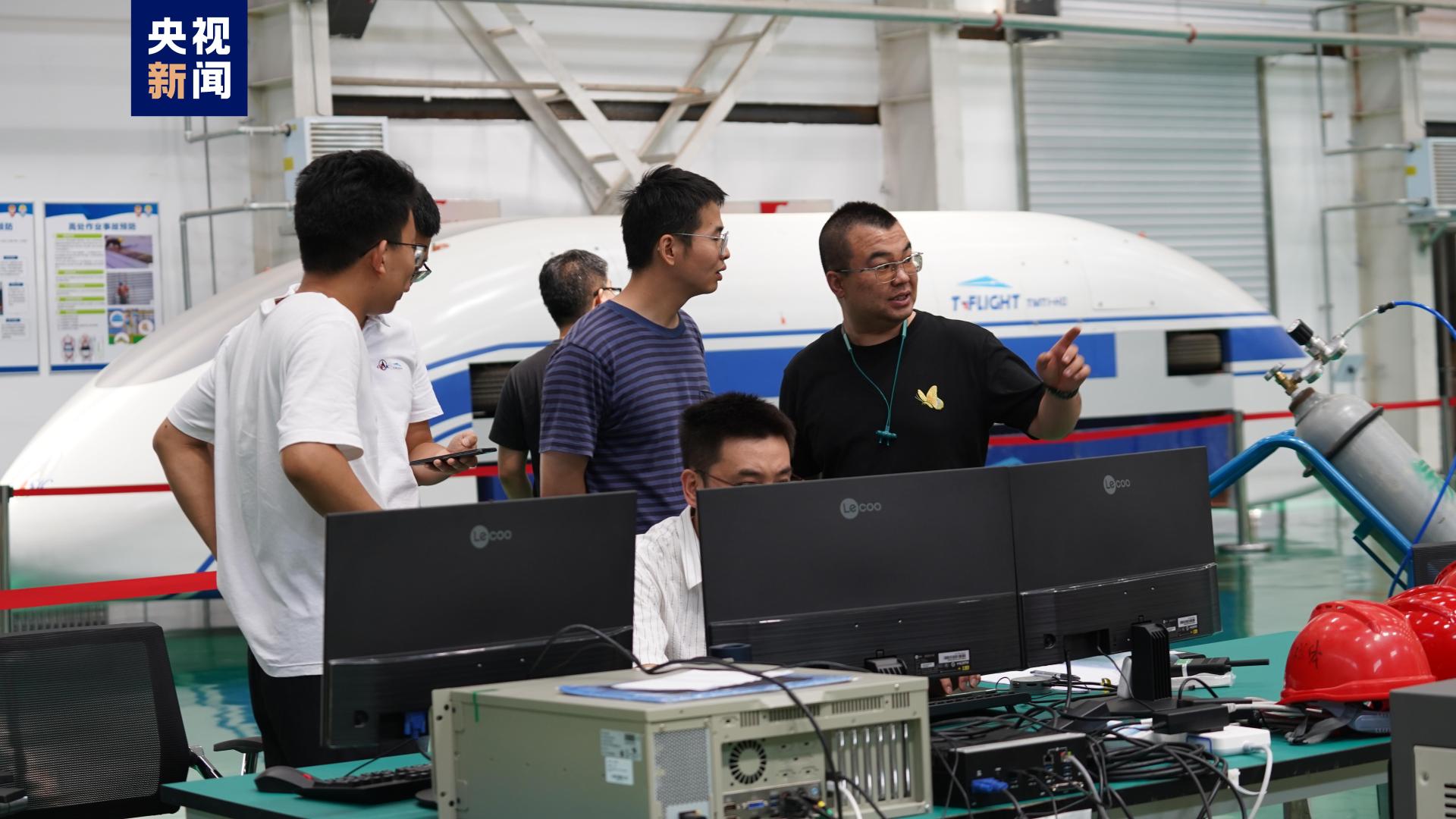China's 1,000 km/h Maglev Train Successfully Completes Demonstration Test
A new ultra-high-speed maglev transportation system has successfully finished its demonstration test in Shanxi Province, northern China, highlighting further advancements for the maglev train capable of reaching speeds up to 1,000 km per hour.

Jointly developed by China Aerospace Science and Industry Corporation Limited and Shanxi, the UHS low-vacuum tube magnetic levitation transportation system completed its full-size trial project demonstration.
The test involved a superconducting maglev vehicle operating within a 2-km-long pipeline in a low-vacuum environment. According to the report, the train demonstrated controlled navigation, stable suspension, and safe stopping following the predetermined curve.
The results indicated that the vehicle's maximum speed and suspension height met preset specifications. All systems functioned normally, with the vehicle's trajectory closely aligning with the theoretical path, the report confirmed.
Additionally, the test validated the creation and upkeep of a long-distance, large-scale vacuum environment, superconducting navigation control, and other crucial technologies. The coordination among various systems in a low-vacuum setting and the overall system performance were also affirmed.
Construction of the UHS maglev transportation system began in Yanggao County in April 2022. The project merges aerospace technology with ground railway transportation technology, with the goal of achieving train speeds of 1,000 km/h.
Looking ahead, this system has the potential to serve transportation needs between major city clusters in China, such as facilitating travel from Beijing to Shanghai in roughly an hour and a half.
(With input from Xinhua)
Ian Smith contributed to this report for TROIB News
Discover more Science and Technology news updates in TROIB Sci-Tech












